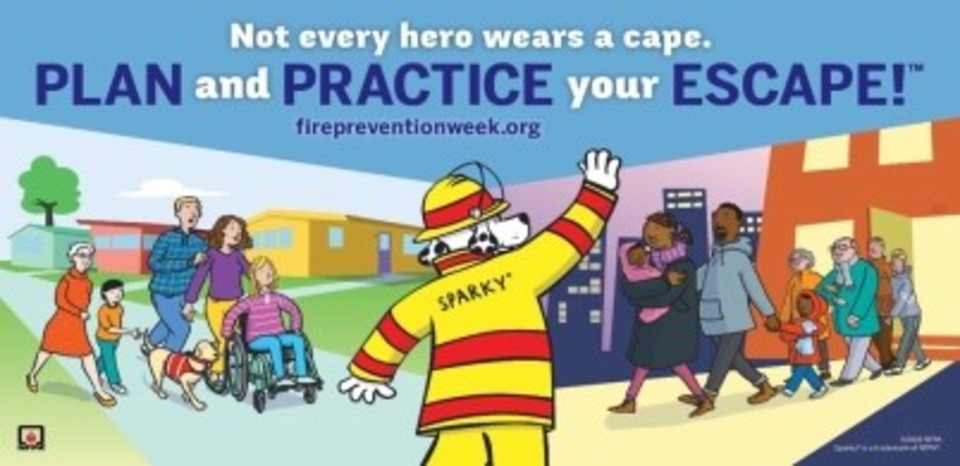OCTOBER IS FIRE PREVENTION MONTH!
October is Fire Prevention month thorough the U.S. and hopefully you took some time this month for some fire prevention activity on the job or at home.
- Did you participate in a fire or emergency evacuation at your building or at home?
- Did you visit the local Fire Department to see a fire prevention demonstration or did the fire department visit your work place?
 These are simple, common activities people take to keep "life safety" an important part of our daily activities in the workplace. Knowing what to do when an emergency occurs can save your life and the lives of your co-workers.
These are simple, common activities people take to keep "life safety" an important part of our daily activities in the workplace. Knowing what to do when an emergency occurs can save your life and the lives of your co-workers.- Do you know the location of the nearest fire extinguisher in your work area and how to use one, should you decide to use it?
- Remember P-A-S-S: Pull the pin, Aim at the base of the fire, Squeeze the handle, Sweep back and forth to cover the burning material.
- Get involved!
- Look around your workplace to ensure you know a primary and secondary way out in the event of an emergency.
- Actively participate in any emergency drills. Know the correct emergency response procedures and where to meet, an be aware to assist a co-worker who may need additional assistance due to a disability.
And, when you're home:
- Ensure you have smoke detectors that operate in your home in compliance with your local fire ordinances.
- Have a charged and maintained fore extinguisher near cooking areas and home workshops.
- As with your workplace, ensure you have an accessible emergency egress and practice an emergency exit for yourself and anyone in your home.
- Never leave an unattended candle in any room!
If you need assistance with this topic or any workplace safety matter, please contact Fire Official Garrett Giberson of the Asbury Park Fire Department at 732-774-7400.
PREPARE AND PREVENT, DON’T MISS AND SLIP. SAFETY WON’T MAKE YOU SORRY. SAFETY
FIRST. BE PROACTIVE IN 2019!

